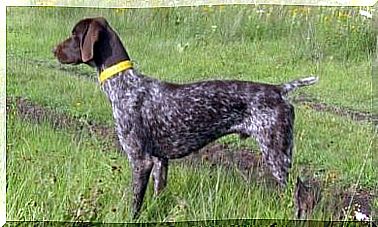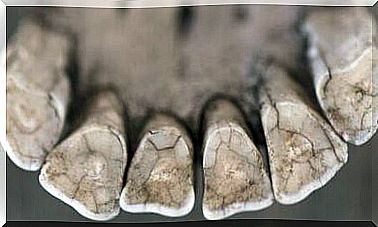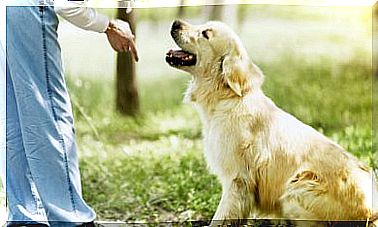The Steps To Take Before Having Your Pet Undergo Surgery
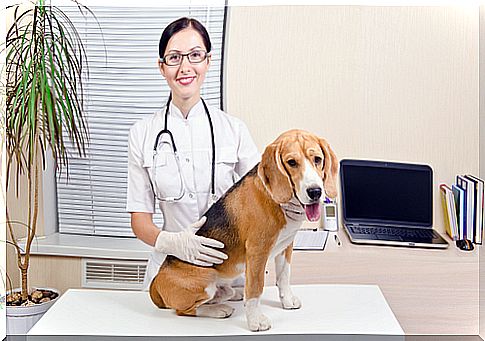
Is your dog going to have surgery? If you don’t know what preoperative treatments you need, we suggest the steps to take before having your pet undergo an operation.
The reasons why a pet may need to be operated on are many: it can be an operation to cure certain diseases (in the event that, for example, the dog suffers from severe osteoarthritis or has a tumor), to integrate an emergency treatment (fractures, accidents) or to control castration.
In any case, whatever the cause, the physical conditions of your pet must be such as to be able to withstand an operation, so it is necessary to check before the operation in order to establish which is the procedure to follow, with particular attention. to the delicate process of anesthesia.
What does the exam consist of
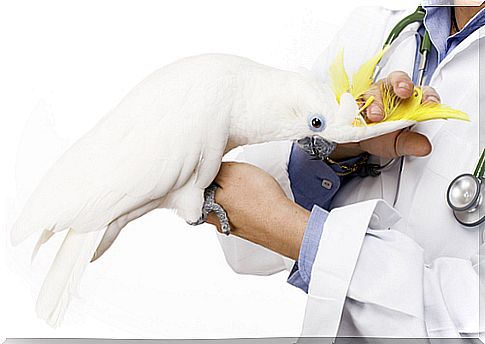
The preoperative check is a physical examination aimed both at accurately assessing the state of health of the animal and at determining a pre-anesthetic analytical profile according to the size, characteristics, weight and type of animal. The factors that are examined during this check are the following:
- State of the mucous membranes.
- Body temperature (fever can indicate the presence of infection or other illness and can affect decisions to be made at the time of the operation).
- Weight. An animal that weighs less than it should or, on the contrary, has a problem of obesity, can be considered “at risk” when undergoing an operation.
- State of hydration. This type of assessment is performed to establish the amount of physiological solution that will need to be administered to the animal in order to ensure its recovery.
- Blood and urine tests. They are performed mainly to assess which is the most appropriate and compatible anesthesia process for your pet.
- Inspection of heart and lungs. It is performed by means of an electrocardiogram and chest area check that can determine the exact condition of your pet ‘s heart and verify that the airways and lungs are functioning properly.
This type of examination is done in order to make the most appropriate decisions during the surgery, respecting the metabolism and the characteristics of your animal; at the same time, these are tests that allow you to diagnose diseases you were not aware of and to offer adequate treatment.
There are cases in which the intervention is even postponed in order to solve the problems that have been diagnosed during the preoperative check-up, precisely because in this way the risk of complications during the operation is reduced.
When should the check be done?

This will depend on the urgency with which the need for the operation arises. For example, in the event that it is an emergency and the life or physical integrity of the animal is in serious danger, a preoperative check is carried out before entering the operating room, once the type of intervention to be decided has been decided. to practise.
In the event that the surgery is scheduled several days in advance, the preoperative check will be performed in the days preceding the operation. Also in this case it is still possible to carry out the check on the same day of the intervention, provided that it is kept in mind that the animal must be fasting, since the nutritional content of the food alters the result of the blood and urine test.
The state of the animal will also determine if extra checks are needed since it is not the same thing to operate on a sick animal as it is to operate on a healthy one which also needs to treat a fracture. Cats are also usually examined for leukemia and feline immunodeficiency virus, due to the predisposition of this species and the risk of contagion that it entails.
Do not forget to bring the results of the tests with you on the day of the operation: you will allow the veterinarian to have a complete picture of the animal’s health status, as well as facilitate his task and thus allow him to concentrate exclusively on the operation. having already been able to exclude some risk factors.



